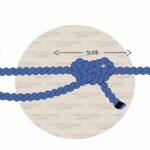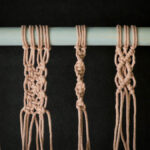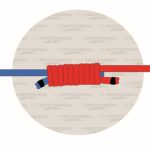The Bowstring Knot is a simple and reliable knot that originated as an archery knot used to attach a bowstring to a bow. Often used to fix a line to an object, this ancient knot is great for holding things tightly in place and is now popular for its strength and secure hold. It is commonly used to tie something down and keep it from slipping like in boating, climbing, camping, or even search and rescue. This knot is durable in many different situations where keeping a line steady and tight under tension is required.
Bowstring Knot: Quick Tying Guide
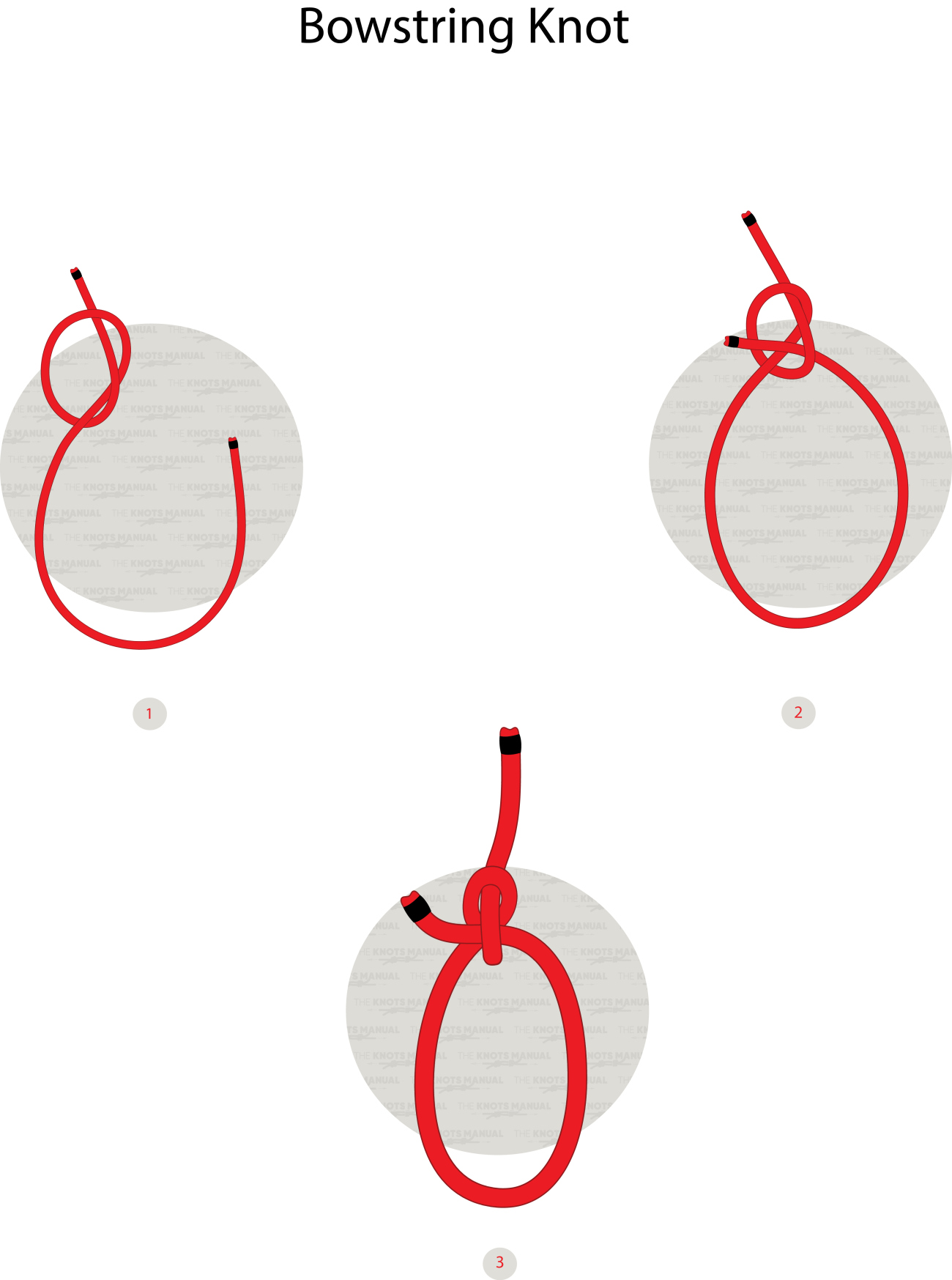
To tie a Bowstring Knot, start by holding the line so that it overlaps the object you’re securing it to, leaving about four to six inches. Create a loop in the line, about the size of a coin, near where the line and the object overlap. Next, take the free end of the line and wrap it around the object. Then feed it through the loop and pull both ends of the line to secure the knot in place.
Why Use a Bowstring Knot?
The Bowstring Knot is useful because it’s strong and durable. The knot is made to stay tight, even when there’s a lot of pull on it. While the knot is known for its strength and ability to hold up under a lot of pressure, it’s also easy to learn. Since it’s not complicated, the bowstring knot is great for those new to knot-tying and works well in many different situations.
Knots Similar to the Bowstring Knot
Bowline Knot: A fixed loop that doesn’t slip, often used for making a loop at the end of a string for a secure hold.
Double Fisherman’s Knot: Often used to join two ends of rope or string, making it reliable for strong holds and loops.
Timber Hitch: Great for securing a string to a fixed object, like a bow limb or pole, and is easy to untie after tension is released.
Square Knot: Simple and quick to tie, it’s a useful knot for securing light loads and is easy to untie.
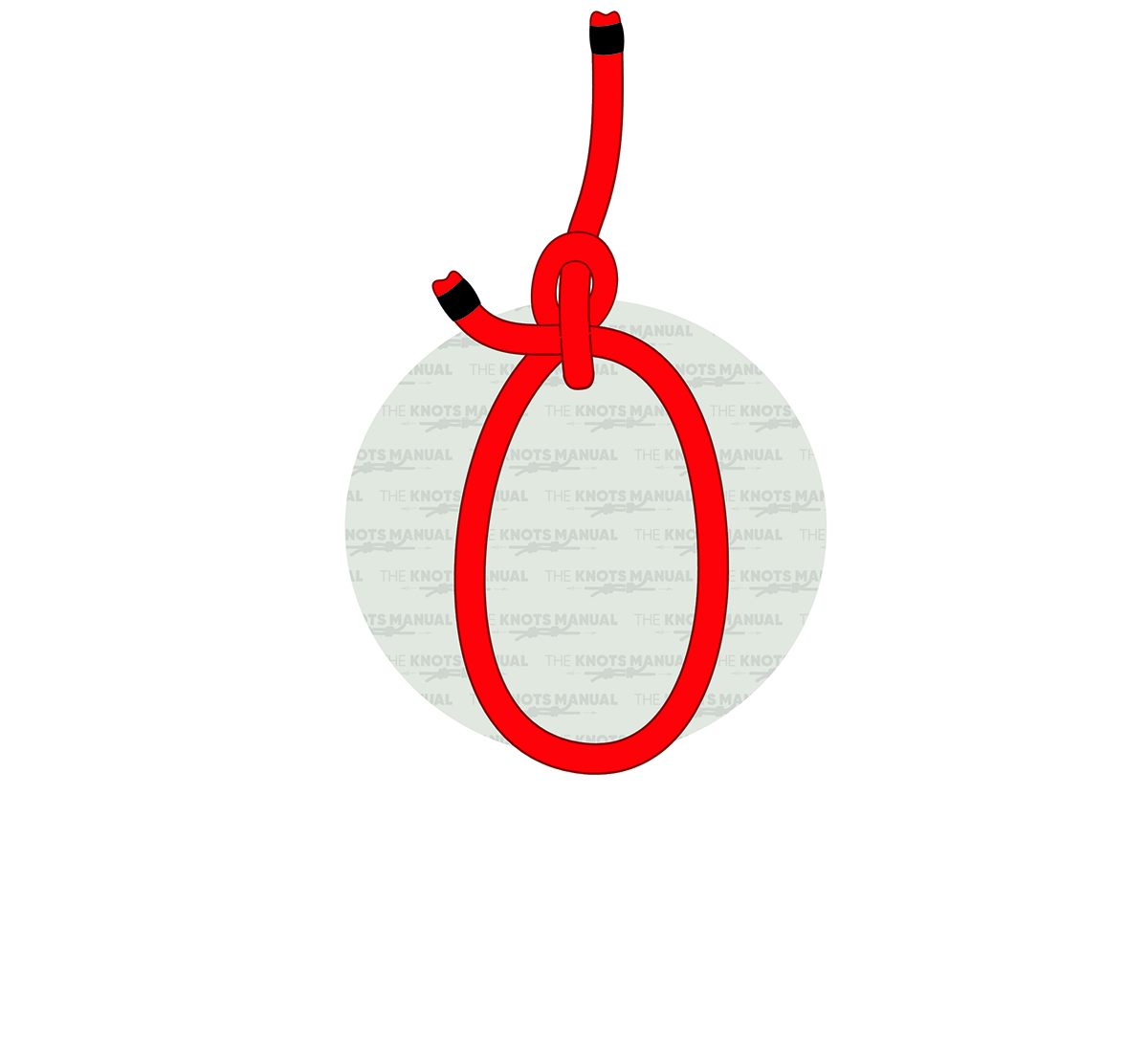
Step 1:
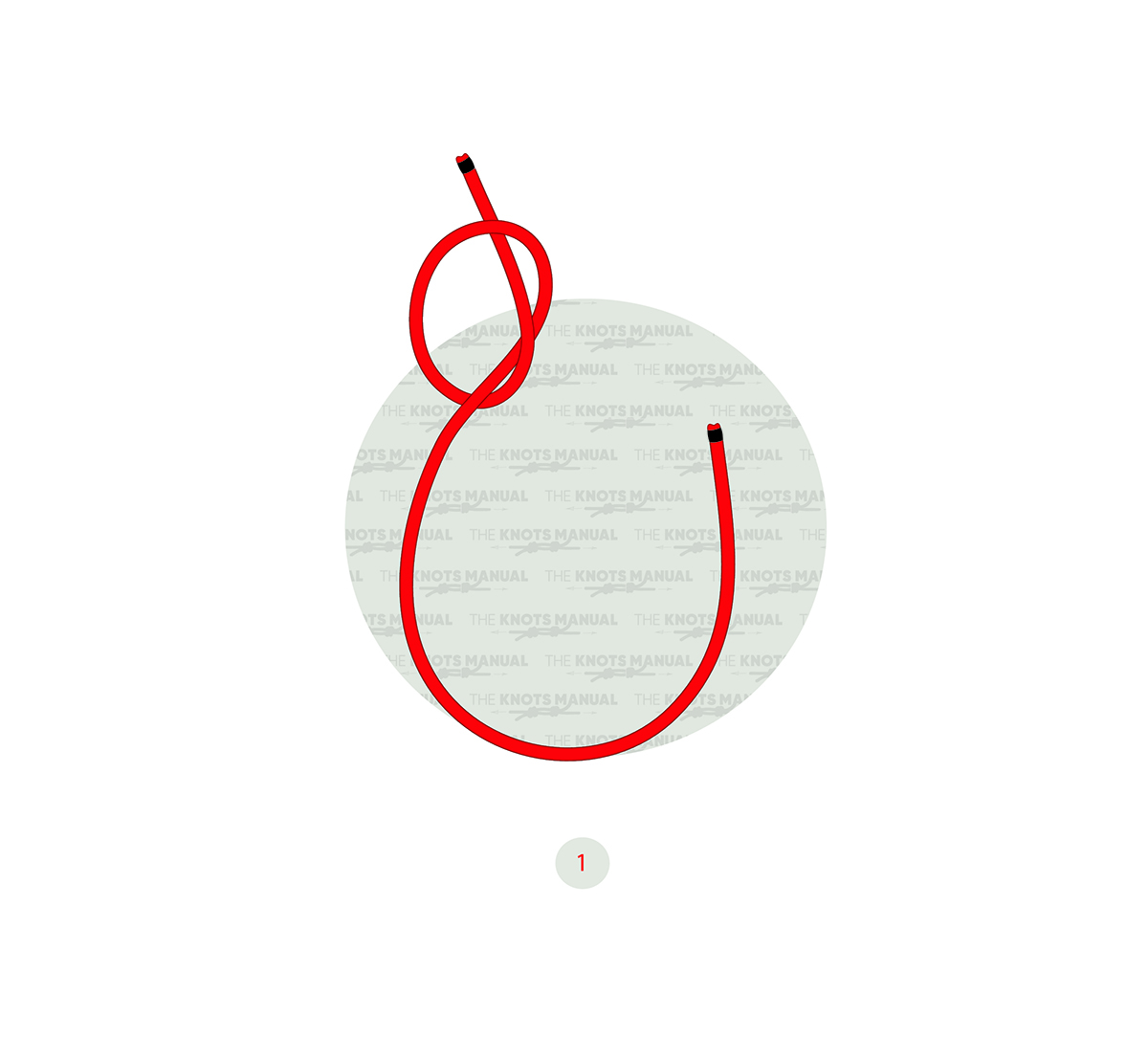
Hold the line so that it overlaps the object you’re securing it to by about four to six inches and create a loop, about the size of a quarter, near the overlapping area.
Step 2:
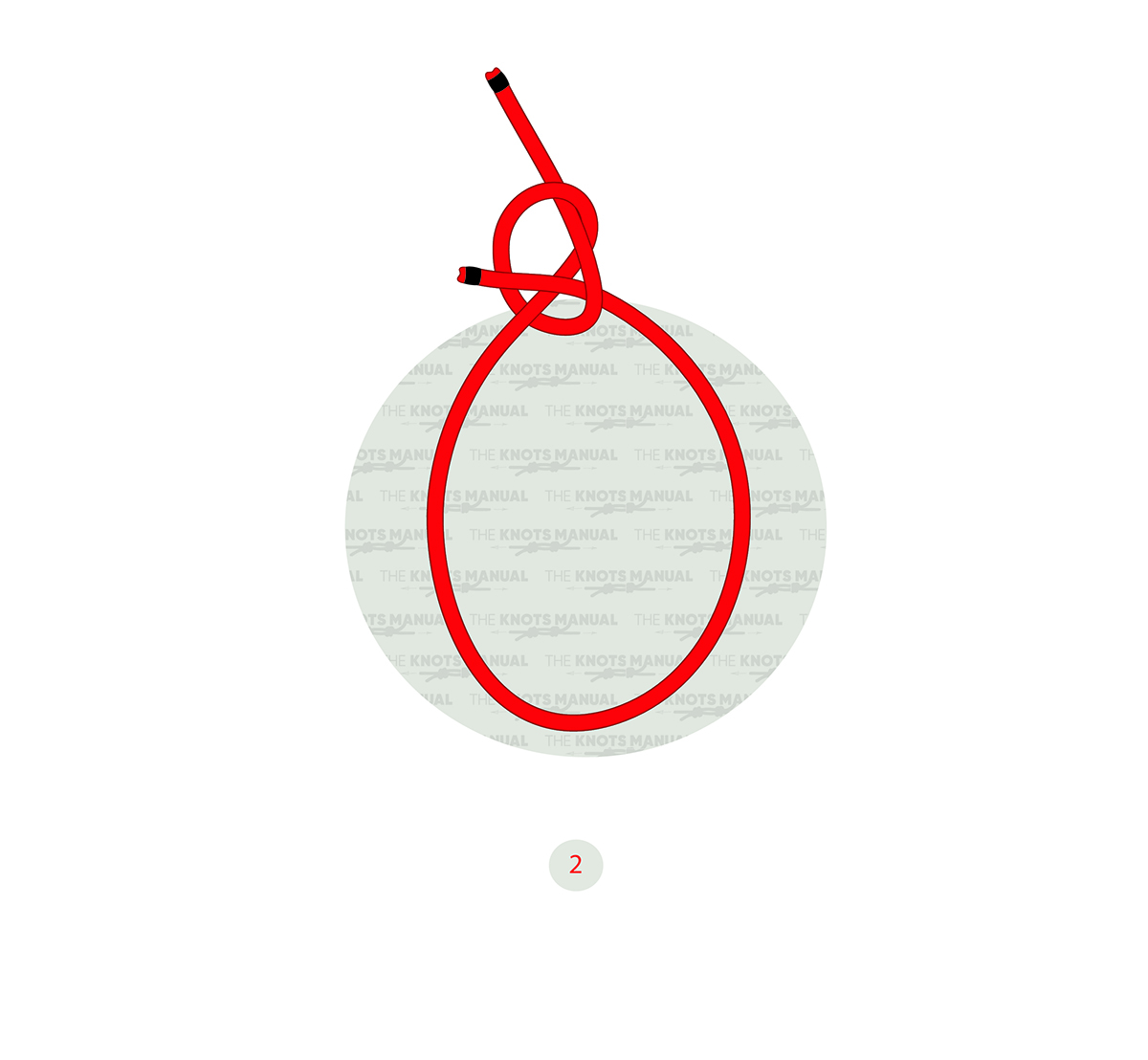
Take the free end of the line and pass it through the loop.
Step 3:
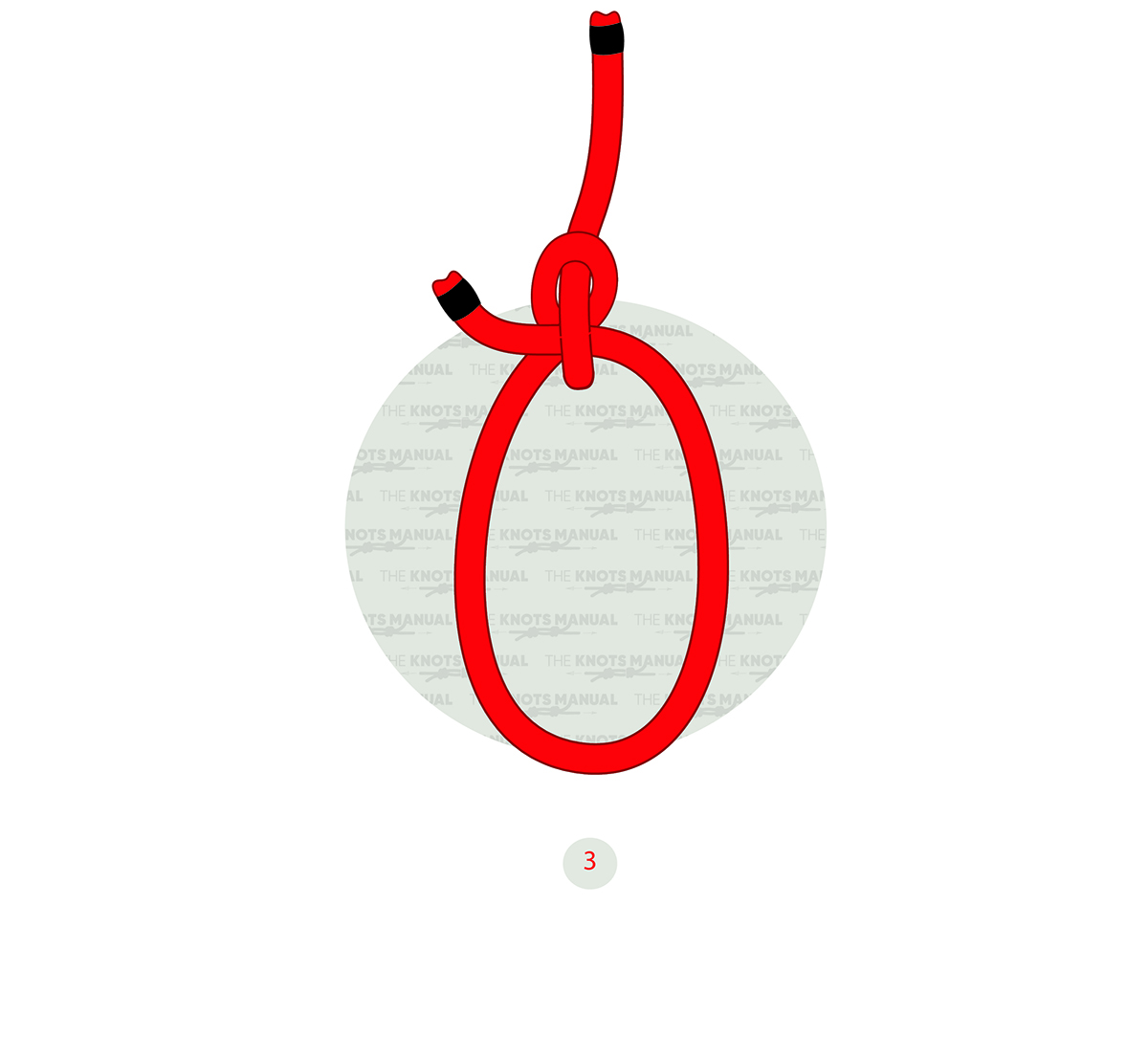
Pull both ends of the line to tighten and secure the knot.

